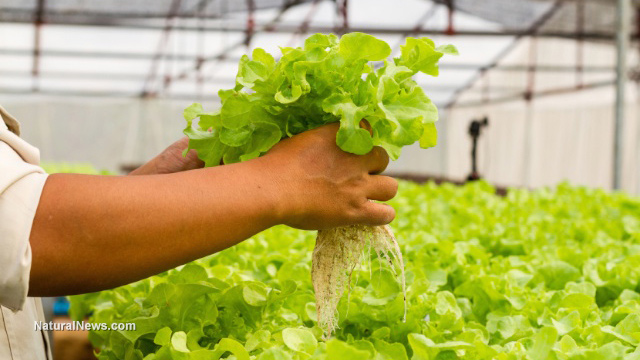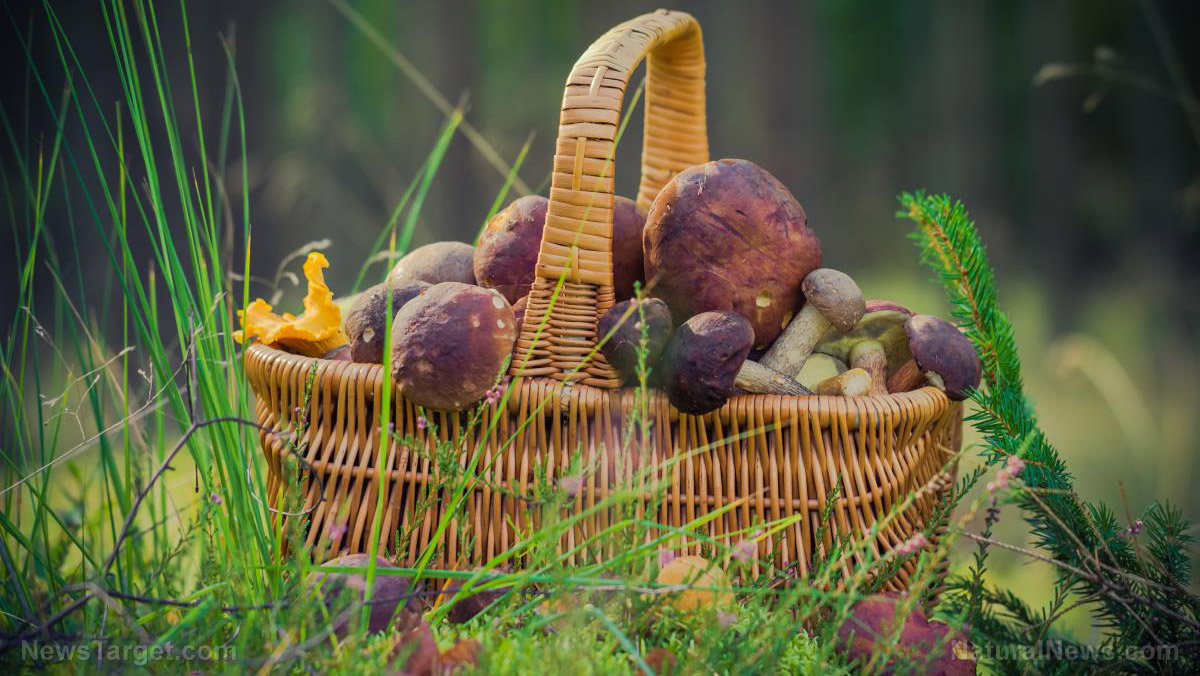
Advertisement
If you’re looking for a way to grow your own food but don’t have enough space to do it, why not try your hand at aquaponics?
Aquaponics, to put it simply, is a gardening system that marries the concept of hydroponics with aquaculture.
What this means is that the plants and animals in the system have a symbiotic relationship with each other: the fish produce wastes that contain nutrients for the plants; the plants, meanwhile, absorb the nutrients, and by doing so, clean the water, thus creating a perfect environment for the fish to grow and develop in.
Because of this, aquaponics is considered by many to be a sustainable method of raising both fish and vegetables, making it a popular endeavor for many people.
How does an aquaponics system work?
As of present, all major aquaponics systems that are being used by farmers are built on ideas hatched by researchers Mark McMurtry and Doug Sanders, who, in the 1980s, created the first known closed-loop aquaponic system.
As detailed in their original plans, the system worked by pumping the wastewater from fish tanks into sand grow-beds which were planted with tomatoes and cucumbers. These grow-beds, the researchers said, essentially functioned as bio-filters, cleaning the water before pumping it back into the fish tanks.
The same mechanics power the systems used by aquaponics farmers today, such as:
Media Based System – This is a closed-loop system that uses media such as expanded clay balls or gravel to support plant roots. This is commonly used by beginners and by those who wish to focus on smaller-scale systems.
Deep Water Culture – This is a growing system in which plants are allowed to float above the water on rafts, while their roots are made to remain submerged in the aerated, nutrient-packed tank water. This is a more stable system and is mostly used in moderately-sized to large-scale systems
Nutrient Film Technique – This is a system in which plants are made to sit in holes cut in PVC pipes. In this system, the plants remain suspended while their roots are allowed to touch the stream of free-flowing and nutrient-rich water. The pipes can be oriented either horizontally or vertically. This is commonly used for large-scale and commercial systems.
What sets aquaponics apart from traditional farming?
Aquaponics has many benefits that separate it from other agricultural systems, most of which are centered on its sustainability and practicality.
Aquaponics systems are environmentally-friendly
Because the fish and their wastes already provide the necessary nutrients for the plants that are being grown in the system, you’re not compelled to resort to artificial fertilizers. In addition, because plants are efficient bio-filters, there is no need for you to introduce antibiotics into the water.
This means that unlike conventional agricultural methods, there is a lesser risk for environmental contamination when it comes to aquaponics.
Aquaponics systems are more economical and practical to run
As aquaponics systems are basically made up of multi-purpose components, they do not consume the same amount of energy and resources as traditional farms. This makes them cheap and easy to run for longer periods of time.
Not only that, but having a system that provides a sustainable supply of fish and fresh produce can easily help one save thousands of dollars of grocery bills in the long run.
Aquaponics systems are easy to set up and maintain
Aquaponics systems are often composed of only a few essential parts: a tank for the fish, a pump to circulate the water and a rig to hold the plants.
This means that these systems are relatively easy to set up and maintain, as they often don’t have too many moving parts that can break down.
Fish, vegetables and fruits produced by aquaponics systems are cleaner and have higher nutritional value
Perhaps the biggest benefit to running a home aquaponics farm is the food.
According to its proponents, this is because the vegetables and fruits grown in aquaponics systems are allowed to ripen naturally. This makes them much more flavorful than store-bought produce.
Similarly, fish raised through aquaponics are much healthier alternatives to the store-bought version. This is because home-farmed fish are devoid of the growth hormones and steroids that many commercial fish farms often feed their stock.
Aquaponics systems lend themselves well to polyculture farming
Because aquaponics systems are customizable and can be easily adapted to accommodate the needs of different plant and fish species, they are very conducive to polyculture farming.
This means that fruiting and leafy vegetables can be grown side by side with little to no issue. In the same vein, different species of fish can be bred in the tanks—provided of course that none of them are predatory in any way.
What can be grown in an aquaponics system?
While it is true that most fish and plants can comfortably grow in an aquaponics system, one must ensure that the fish and plants one selects for his system have similar needs as far as temperature and pH are concerned.
In addition, one must also factor in the size of the aquaponics system. This is because different sized systems will have different nutrient concentrations. For instance, a small system will only have space for a few fish which then translates to less waste and therefore fewer nutrients for the plants. The opposite, is also true: larger systems will have the capacity to support more fish, which then translates to more waste, and therefore, higher nutrient concentrations.
As noted by experts, a small, less nutrient-dense system is best for plants that need lower nutritional inputs, such as the following:
- Lettuce
- Kale
- Spinach
- Swiss chard
- Arugula
- Mint
- Chives
- Basil
- Watercress
- Bok choy or water cabbage
- Wheatgrass
- Radish sprouts
Plants that require larger systems, meanwhile, include the following:
- Tomatoes
- Peppers
- Cucumbers
- Beans
- Squash
- Peas
- Broccoli
- Cauliflower
- Cabbages
When it comes to fish, prospective aquaponics you have to consider a multitude of factors such as the fish’s diet, their availability in one’s area, their legal status, their growth rate, their space and filtration requirements and their temperament.
In general, the fish that one puts in aquaponics systems must be adaptable, hardy, have a decent growth rate, and non-territorial.
With that being said, here are some fish that are good for aquaponics systems:
- Tilapia
- Catfish
- Trout
- Carp
- Freshwater shrimps and prawns
Aquaponics systems are mostly self-sustaining environments that can offer tremendous benefits for those who choose to build and operate one, such as fresh produce and fish.
Want to explore more options? Read more about the latest farming methods at Harvest.news.
Sources:
Advertisements







